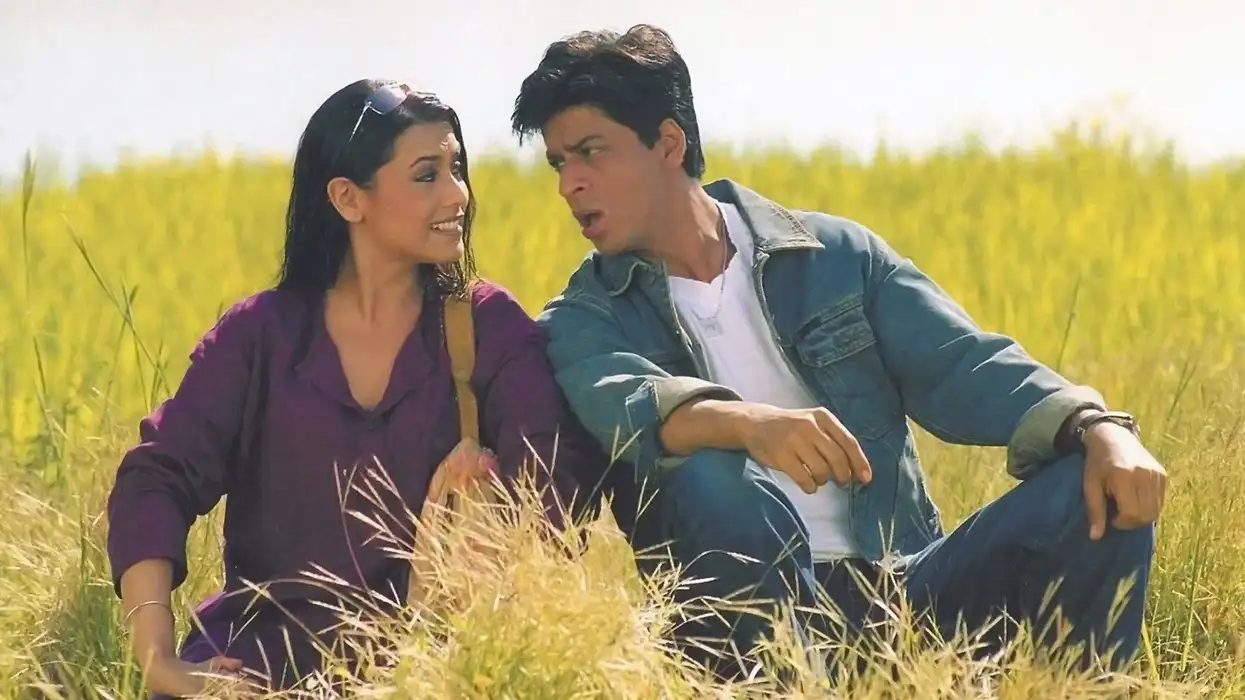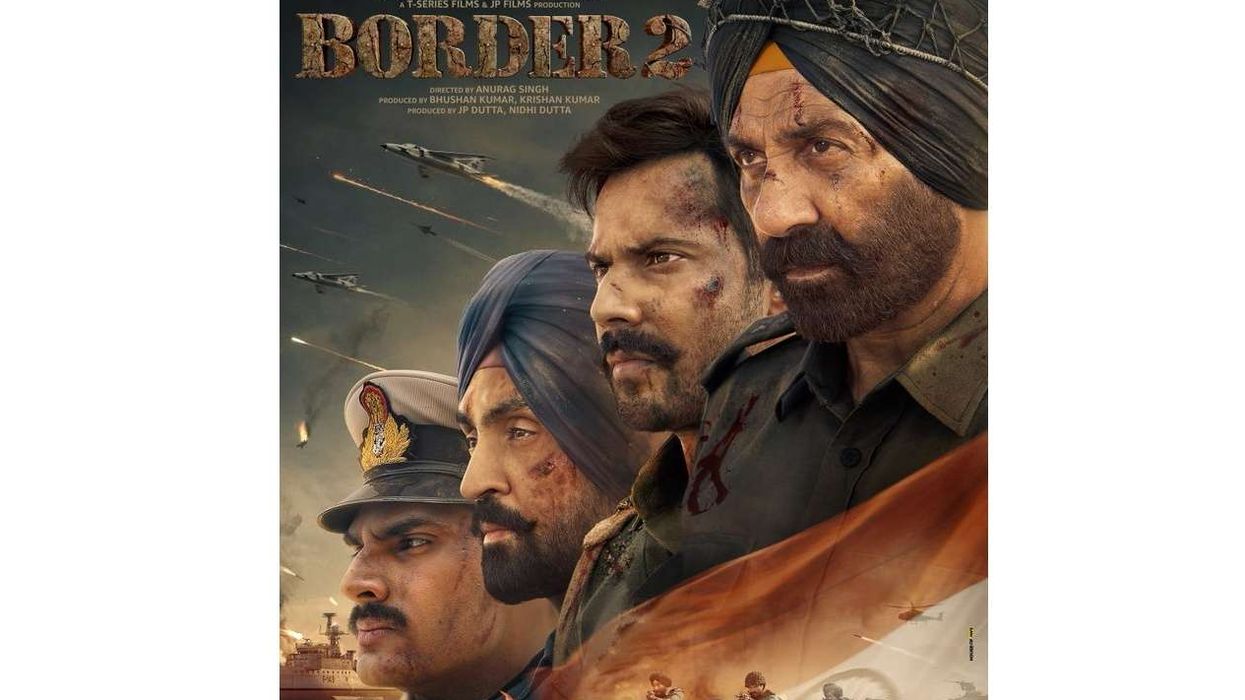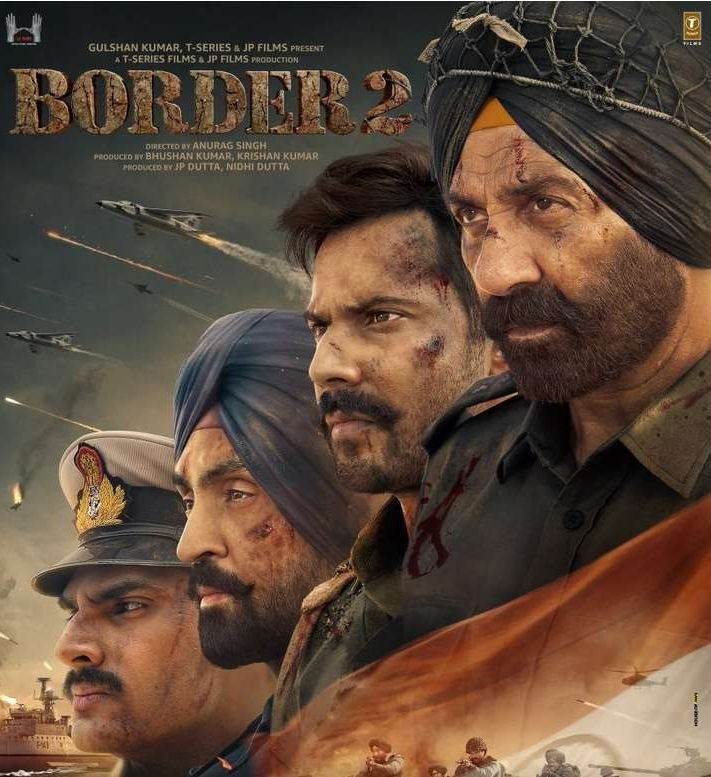When Chalte Chalte was released on June 13, 2003, it became a big success and received attention for everything, from the relatable story of a married couple facing difficulty to shooting parts of the movie at eye-catching locations in Greece.
But what happened behind the scenes was perhaps even more compelling, with everything from a fight to fractured relationships and an explosive aftermath. To mark the 20th anniversary of Chalte Chalte, Eastern Eye revisited the turbulent tale of a film that had high drama during production and left a destructive domino effect behind.
The 1992 film Raju Ban Gaya Gentleman turned newcomer Shah Rukh Khan into a star, launched Aziz Mirza as a director and established Juhi Chawla as an A-list actress. The talented trio formed a firm friendship and teamed up for the successful 1997 romantic comedy Yes Boss. They then jointly launched the production company Dreamz Unlimited with the unsuccessful film Phir Bhi Dil Hai Hindustani (2000), with Shah Rukh and Juhi playing the lead roles, and Mirza directing.
Historical epic Asoka (2001) then failed at the box office, so a lot was riding on their next venture as producers, Chalte Chalte. Juhi Chawla stepped back from playing the lead role, and that triggered a remarkable turn of events.
Rani Mukerji was approached to play the lead role but declined due to a busy schedule and the plot being similar to her hit film Saathiya (2002). Meanwhile, Aishwarya Rai had established herself and was cast in the lead role. Having scored a big success opposite Shah Rukh with smash hit movie Devdas (2002), it was seen as the perfect casting coup.
Rai had started up what had turned into a volatile relationship with Salman Khan on the sets of Hum Dil De Chuke Sanam (1999) and by 2002 they had broken up. But it seemed as if Salman wasn’t willing to accept the split.
Work commenced on Chalte Chalte, but very early on in the shooting, Salman burst onto the set and caused chaos. Although no one knew what exactly happened that day, there were various reports including him being abusive and even beating up the film’s lead star and producer Shah Rukh.
Shooting for the movie came to a halt and Rai was fired as the leading lady. Kajol turned down the opportunity to replace her and Mukerji stepped in.
The movie was completed and despite subtle similarities to Saathiya, the story of a couple facing marital problems became Shah Rukh’s first success as a producer. Eye-catching locations in Greece were presented in a Bollywood film for the first time and the make-up worn by Mukerji became a rage.
But the Chalte Chalte story didn’t end there.

While Rai’s rift with Salman became permanent, any friendship she had with Mukerji and Shah Rukh got destroyed.
Years later, Rai revealed how the whole incident had left her confused, hurt, and completely taken aback because she had been removed from subsequent films with Shah Rukh, including Veer Zaara.
She had said: “Yes, at the time, there was talk of a couple of films that we would be working in together. And then, suddenly they weren’t happening, without any explanation whatsoever. I have never had the answer to why.”
Shah Rukh would later express regret about the whole incident, but said his hands were tied as a producer and he needed to get the movie finished on time. He had said: “I’m personally very saddened at the fact, as Aishwarya was a very close friend and I have done some really marvellous films with her, and we get along really well. Personally, it’s very saddening for something to reach this level. I feel very sorry about it.”
Similarly, Shah Rukh wouldn’t speak to Salman for many years.
There was also a secondary fall-out because Salman’s brother Sohail Khan went from potentially getting a career changing break in Main Hoon Na to being replaced by Zayed Khan.
Vivek Oberoi had started dating Rai, which meant that he lost out on plum projects involving Mukerji like Hum Tum. Salman would also make life difficult for Oberoi, who eventually broke up with Rai, but couldn’t stop his promising career from imploding, after getting caught in the Chalte Chalte crossfire.
Even though Chalte Chalte was a success, Shah Rukh decided to end his partnership with Chawla and Mirza by folding Dreamz Unlimited. He instead started his own production company Red Chillies Entertainment, which would become hugely powerful. Despite starring in Mirza’s first four films as a director, the actor would never work with him again.
As time progressed, the stories associated with Chalte Chalte, triggered by Salman invading the sets became legendary. Shah Rukh would eventually make up with Salman, but then have another epic fight with him years later and then finally become friends again. They both recently shared screen space in Pathaan.
While film fans will celebrate Chalte Chalte on its 20th anniversary this week, there are many associated with it in some way who likely won’t want to remember all the drama that happened during its production and the subsequent fall out.






 Border 2 teaser set for Vijay Diwas as Sunny Varun Diljit lead new poster Instagram/tseriesfilms
Border 2 teaser set for Vijay Diwas as Sunny Varun Diljit lead new poster Instagram/tseriesfilms 





